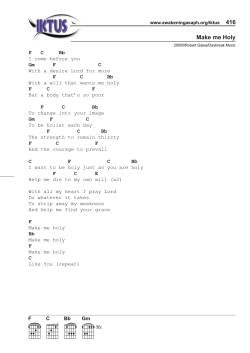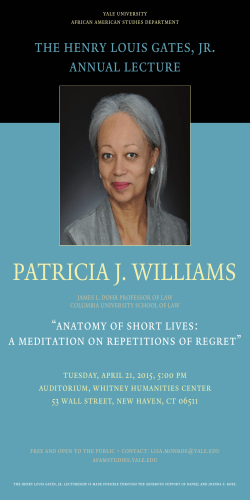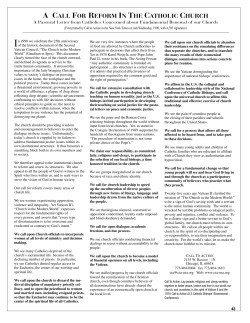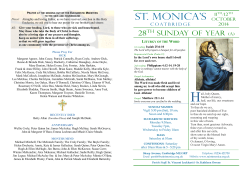
hugh of cluny, holy roman emperor henry iv, and
Image 3.7 HUGH OF CLUNY, HOLY ROMAN EMPEROR HENRY IV, AND MATILDA OF TUSCANY (1115)1 The political situation in the Holy Roman Empire in medieval Eu-‐ rope was complex, with intense competition for supremacy be-‐ tween religious and secular au-‐ thorities, especially between the papacy and the Holy Roman Em-‐ pire, in what has been called the Investiture Conflict or the Papal Revolution. In 1111, the Holy Ro-‐ man Emperor, Henry IV (r. 1084– 1105), imposed a favorable set-‐ tlement on Pope Paschal II (r. 1099-‐1118) through force of arms. In 1119, however, under pressure from the German princes and bishops, Henry met with the new pope, Calixtus II, and was ready to give up his customary right to confer on bishops the symbols of their authority (a practice called “investiture”). At the Concordat of Worms (1122), the emperor abandoned nearly all of his authority over the church in Italy. In Germany, the clergy were to select bishops and abbots, the emperor to invest them with the regalia or symbols of secular power, and finally the church to confer on them the ring and staff of spiritual authority. This was little more than a symbolic victory for the church. The image reproduced above depicts a meeting between Hugh, Abbott of Cluny (1024– 1109), Henry IV, and Matilda of Tuscany (1046–1115) and is dated from the beginning of the twelfth century. Hugh, an influential religious reformer, was godfather of Henry, and both he and Matilda, a powerful noblewoman, had attempted to mediate between Henry and Pope Gregory VII (c. 1015–85), a leading church reformer. For the image’s original Internet location, click here. 1 Image provided courtesy of Wikimedia Commons.
© Copyright 2026
















